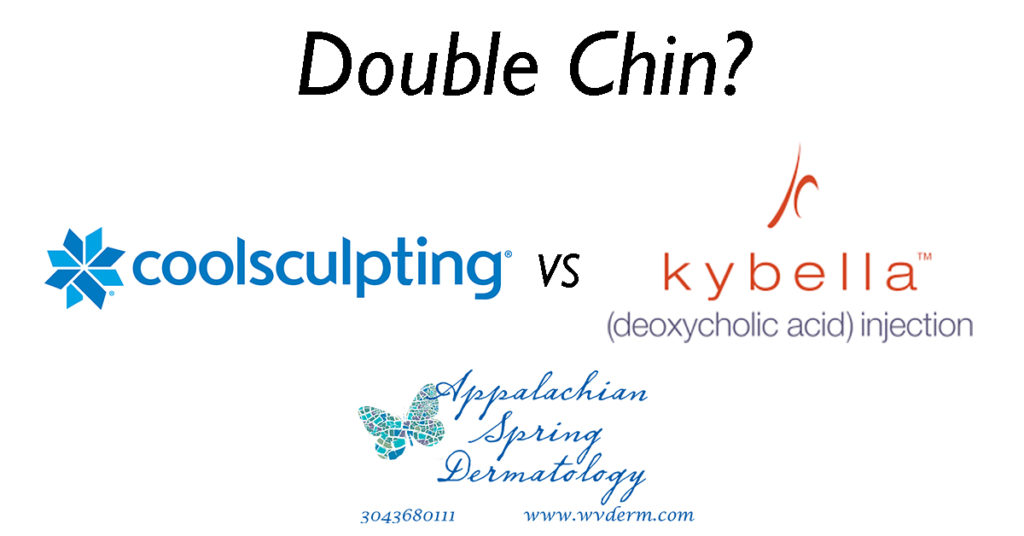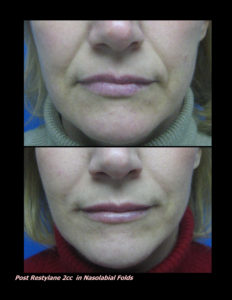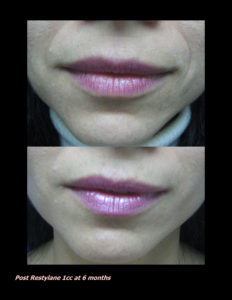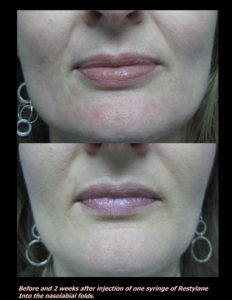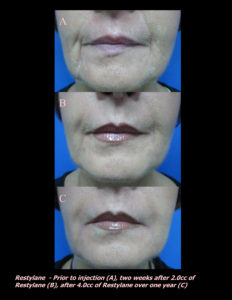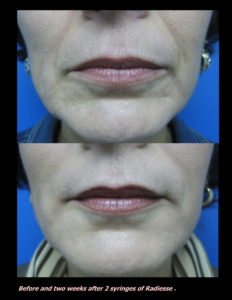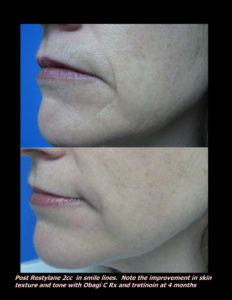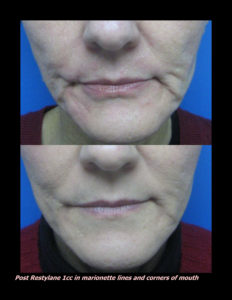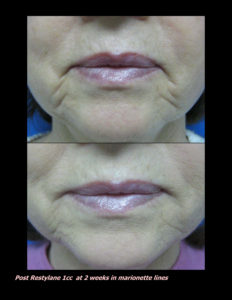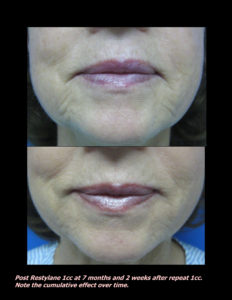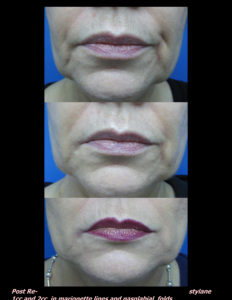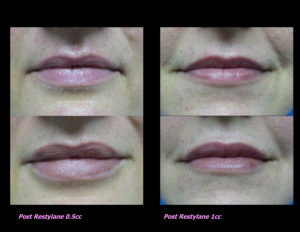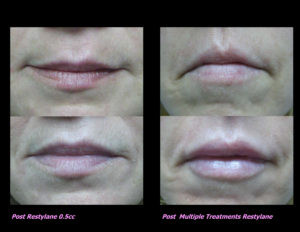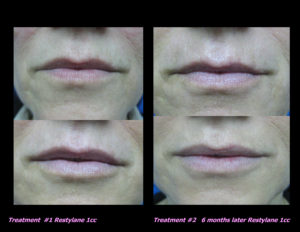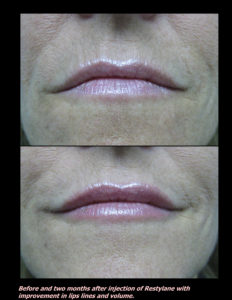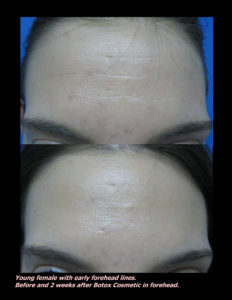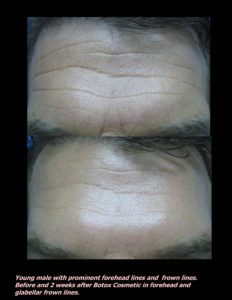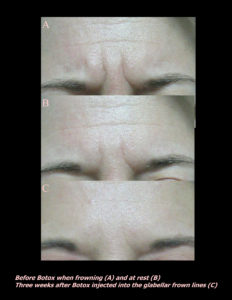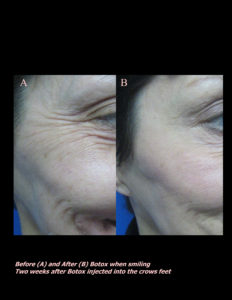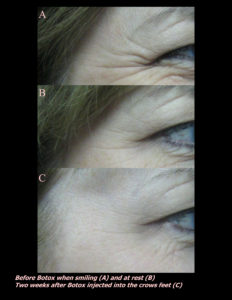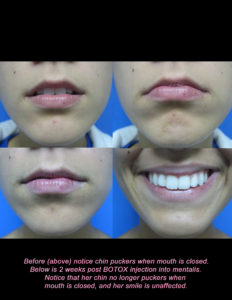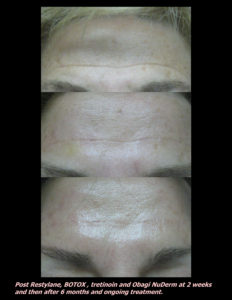I am sure that I am asked, “what are these purple spots on my arms?” at least 5 times a day each day I see patients. “Bruises” I say. “Bruises? Cant be. I didn’t do anything do get a bruise.” answers my patient. And on and on it goes. It’s like groundhog day some days. So, let’s talk about those bruises on the arms called Senile Purpura.
Most of the time I am always careful to use the real scientific name for a skin condition. I personally get frustrated when doctors give thing nicknames, insinuating that the real name is too hard for the patient to grasp. Senile purpura is one of the few exceptions. No one likes to be told they have something with the word “senile” in the name. So, here’s the explanation I usually provide in attempts to avoid the word “senile”.
As we age, the fat layer in the skin starts to fade away, particularly on the forearms and lower legs. Remember we have three layers to our skin – epidermis, dermis and fat. Underneath the dermis there is a skim layer of fat. As we age, that layer of fat dissipates leaving the blood vessels in the dermis without a cushion. In areas where the dermis layer of the skin is weakened and damaged from chronic sun damage, the blood vessels are more fragile and less protected. The slightest bit of trauma causes blood to leak out of the blood vessels leaving a bruise behind. The scientific name for a bruise is “purpura”. Over time your body will degrade the blood leaving an iron stain behind. That is why you see a mixture of brown and purple spots. The spots are sometimes even fuschia-colored when they first happen.
“Are they from my blood thinners? How about my Aspirin?” Not really, because if that was the case, patients would have bruises all over their body. Now, if you are on a blood thinner, once the bruising process starts more blood rushes into the blood more quickly.
“I’ve never had this before, why is it starting now?” Well, as I said it happens more with time. “So you mean it is because I am old?” This is when some start to get offended. I try then with my sweetest smile and kindest voice (of course nobody can see my smile now under my mask) to say. “Yes, the scientific name is senile purpura.” After that, the questions usually abruptly stop.
“But isn’t there anything I can do about it?” Not really, you can try a thousand things and nothing consistently helps everyone. Here are some things you could try.
1-Anti-bruising creams. These usually contain Arnica and/or Vitamin K. Dermend ( https://dermend.com/) is one that is to be applied preventatively, versus Arnicare is for active bruises. https://boironusa.com/arnicarebruise
2-Taking a good multivitamin once a day. It’s always a good idea.
3-Taking a pineapple extract called Bromelain.
4-Taking a Citrus Bioflavinoid Blend. There is actually a real scientific study that shows that a citrus bioflavinoid blend decreases lesions by 50% https://mypurpurex.com/ ADD LINK PLEASE
4-Applying RetinA and retinol creams. The goal here is to strengthen the dermis. However, most patients cannot tolerate using it on their arms and get a retinoid dermatitis rash.
Hope this article helps with this common question. Please share with your friends and family!



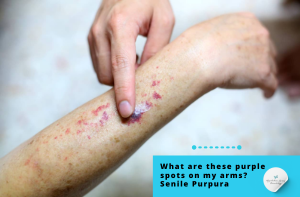




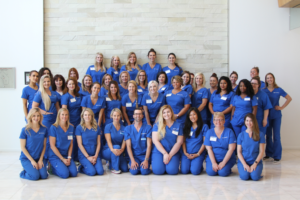

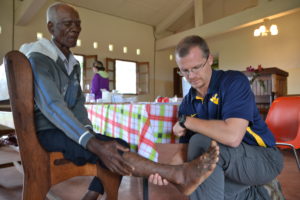


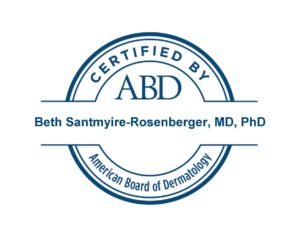

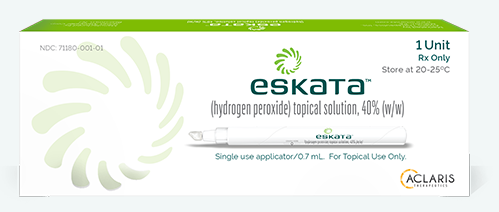

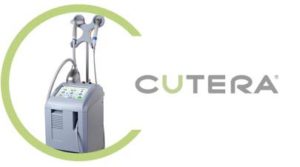 Laser Vein Reduction Treatments
Laser Vein Reduction Treatments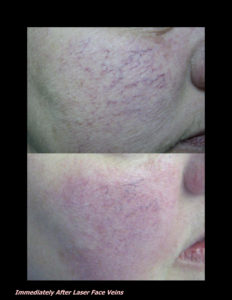
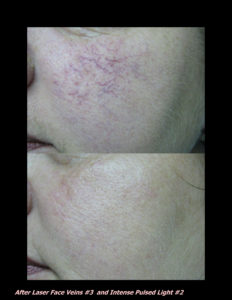
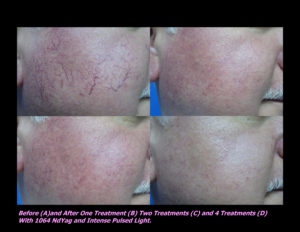
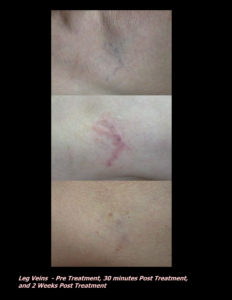
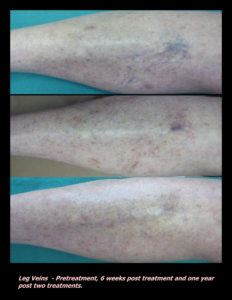
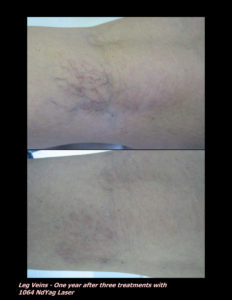
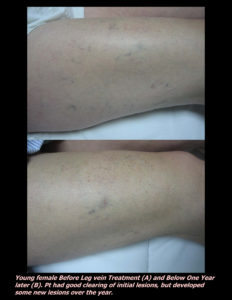
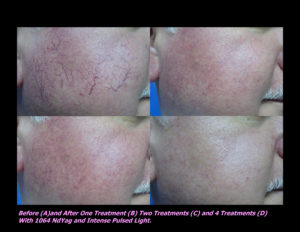
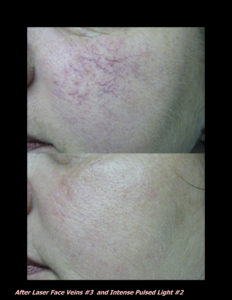
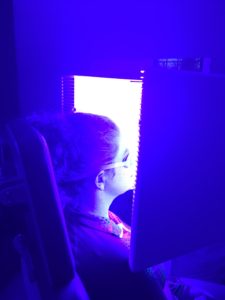
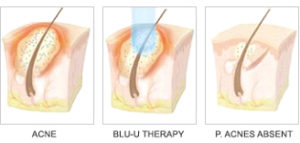
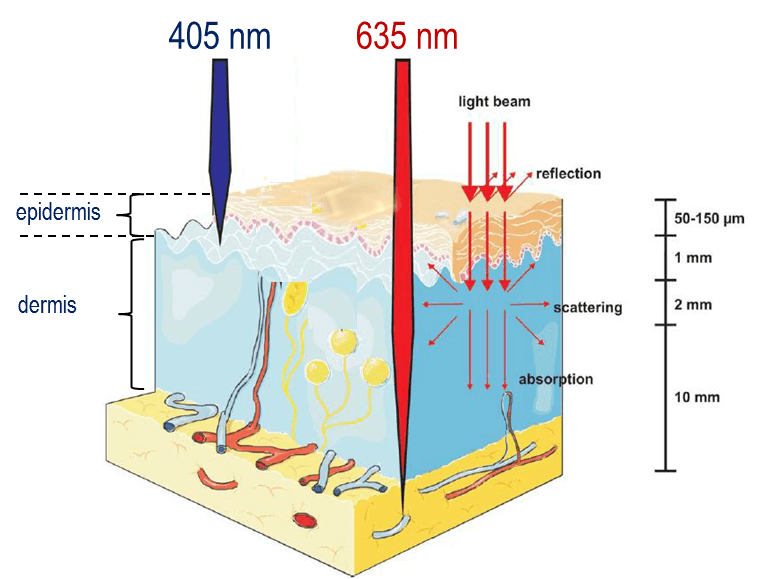
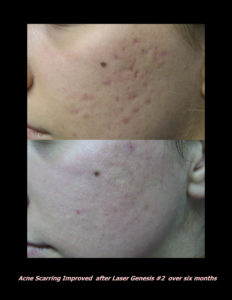
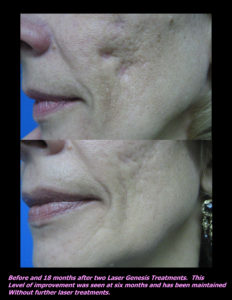


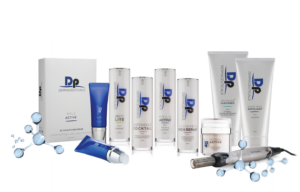 DP Dermaceutical Products
DP Dermaceutical Products